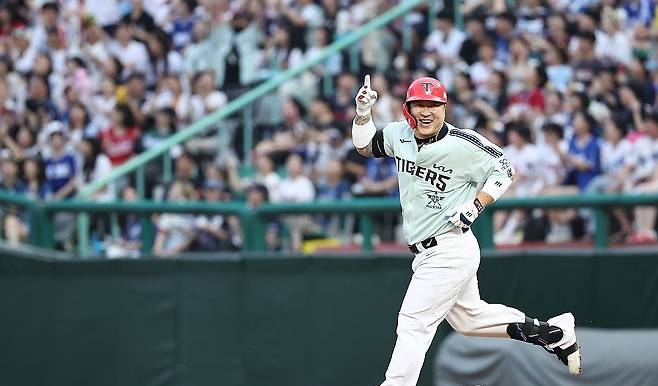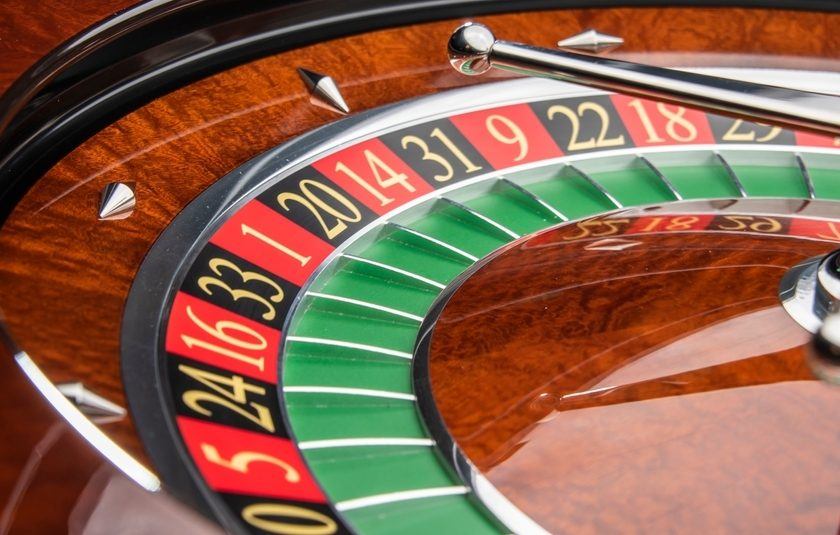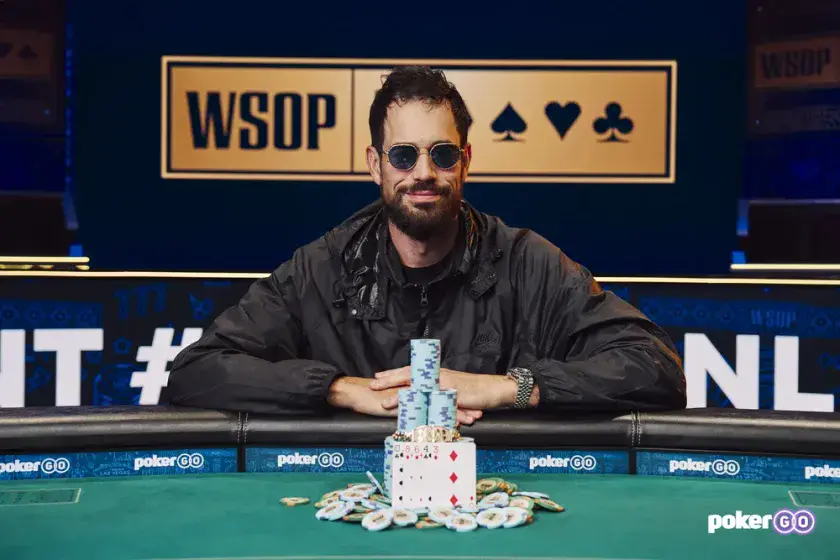In the 1970s, Korea was a struggling nation, still grappling with the aftermath of the Korean War...
Month: July 2024
HD Hyundai Heavy Industries (HHI) has become the first Korean shipbuilder to sign a master ship repair...
Tzuyang (real name Park Jung-won), 27, a famous “mukbang” (a Korean word for eating show) YouTuber with...
Korea’s economic growth has resumed after overcoming a temporary slowdown caused by high global prices and sluggish...
The Bank of Korea (BOK) will consider lowering the key interest rate at an appropriate time, underpinned...
It’s the ‘greatest’ ranking race of all time. It’s bloody on the field, but so much fun...
Lim Jong-sung, who wore the iconic number 36 during his playing days with the Doosan Bears, became...
“My older brother, who is in the third grade, was injured, so I suddenly got to play,...
Game 2 of the 79th Cheongryonggi National High School Baseball Championship between Ansan Industrial High School and...
“Living legend” Choi Hyung-woo (KIA Tigers) was named the “Star of the Stars” at the KBO All-Star...













